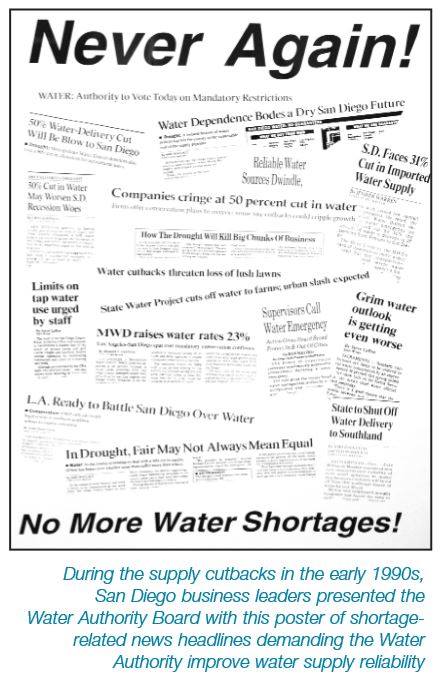In The California Desert, A Farm Baron Is Building A Water And Energy Empire
Far from the highways of Los Angeles and the shipyards of San Diego, in California’s southeastern corner, nearly half a million acres of lush green farmland unfold in the middle of the bone-dry Sonoran Desert. Sprawling fields of lettuce and sugar beets and onions, irrigated by water from the Colorado River, brush up against the U.S-Mexico border in a region once known as the Valley of Death but today called the Imperial Valley. A few hundred landowning families dominate the Imperial Valley and its lucrative agriculture industry, which produces much of America’s winter vegetables.




